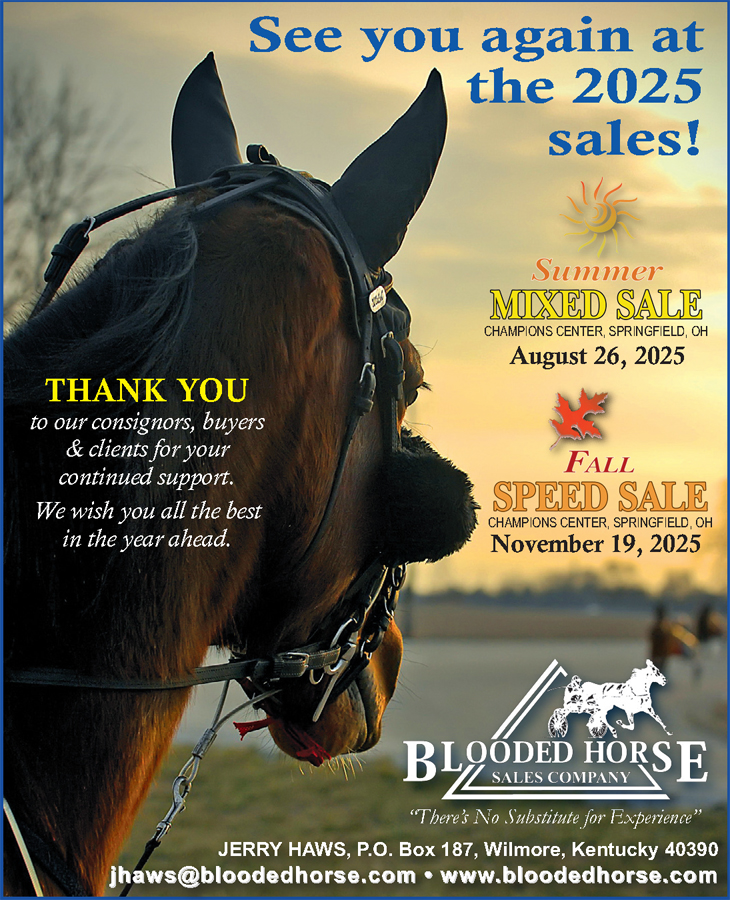

Yonkers, Canterbury and New Jersey racing forge new paths
Racing’s spring of experimentation is working.
by Dean Towers
On Tuesday afternoon I was watching the races at Yonkers on my computer. I scanned a few of the early results and saw the usual connections winning some races, along with the usual handle. Race one had about $7,000 in the win pool, $1,000 in the show pool. Race four and five were similar. From races seven to 11, however, the New York track was simulcasting to France, where wagering from across the pond was commingled into the U.S. win and show pools.
An interesting thing happened. Race seven had about $35,000 in the win pool and $22,000 in the show pool; race 11, maybe $20,000 to win and $7,500 to show (it’s late in France by race 11, of course). All win and show pools were up an astronomical amount from the earlier races. For about the first time since forever, “WPS” betting was higher than the combined exotic wagering race by race, in the races beamed to France.
Last Friday, I was again at my computer, this time getting ready for the Meadowlands card, as I usually am on Fridays. But, I had heard Canterbury Park had their season opener that evening, and they generated huge buzz with their big takeout reduction announced earlier that spring, so I decided to give them a look and maybe play along. It turns out I wasn’t the only one. From the get-go their pool size was big, and I noticed more and more people talking about Canterbury Park on social media. The handle for the evening increased about 35 per cent (year over year) and it spawned a healthy increase in wagering the entire weekend.
Last Saturday evening I was – you guessed it –again at the computer, getting ready for the Meadowlands card, along with the Battle of Lake Erie event at Northfield. Along with a few degenerate horseplayers on the twitter, there were a few new ones speaking about this new-fangled way to bet – Betfair’s betting exchange. Justin was having some fun, and Phil – who we don’t see a lot of Saturday’s but have seen recently – was enjoying himself, as well.
‘JHO’ and Phil weren’t the only ones. There was a palpable group excited about following the races at the Meadowlands on Saturday, and we honestly haven’t seen that in a little while.
Back in the early ‘70s Richard Branson created Virgin Records. For their first album release they were really up against it. The chart toppers in the UK at the time were David Bowie, The Beatles, Pink Floyd and Roxy Music. Branson was coming out with bands who were not Bowie, The Beatles, Floyd or Roxy Music. He decided he needed to drive as many eyeballs possible to his new label, so he released four albums on the same day. In addition, one of the albums would be selling for the price of a single – completely unheard of in those days. The records flew off the shelves and a new label was born.
“The moral of the story? Get people’s attention, otherwise no matter how good your product is, nobody will ever hear of it,” he said.
Yonkers, Canterbury and the Big M are doing just that.
Yonkers has a handle problem, just like a lot of harness racing does, because of weak pool size. Commingling overseas handle helps attack that issue, and on a lazy Tuesday afternoon people were talking about Yonkers’ win and show pool sizes. Sure there were complaints, and some (like the fact the money from overseas comes in at the end, where it’s difficult to decipher closing odds) were valid. But they were giving it a shot and people were watching.
Canterbury is not at all dissimilar to Yonkers. Its pool size was smaller, and although they had and have a very nice on-track crowd, Canterbury wanted to introduce themselves as a track for value horseplayers in the simulcast market. They splashed their takeout decrease on the simulcast feeds, the on-air talent talked about it a lot (explaining higher payoffs to newer players) and even the track announcer got into it, announcing during a race or two that it’s “time to make some money with low takeout.” Thus far this meet, their new business plan is being executed almost perfectly.
The Meadowlands, and Jersey racing in general, is stagnant for the most part, and in a state of flux. Harness betting menus of 2016 are not that far off the menus of the 1970’s. In Jersey with the new exchange, it’s not your grandfather’s harness racing. It’s buying and trading, backing and laying; it’s a new beast, which draws eyeballs of its own, just like a Richard Branson album release. If enough eyeballs are drawn to the exchange, it keeps people engaged in your product, where – like Canterbury Park and Yonkers – people will bet into the pools, as well.
With each of these new initiatives, there are risks and growing pains. Racing, in its knee-jerk reactionary fashion, sometimes immediately looks at these things as a “savior”, starts crunching numbers, doesn’t see enough revenue and wants to ask for more, or scale back. That’s the completely wrong approach, in my view. Racing must look at these new, bold tactics as a way to drive eyeballs, to attack some of the fan and customer base’s complaints, and to keep them looking at your gambling product, instead of the thousands of others out there.
On Memorial Day in 1946, 45,000 fans were at Belmont Park wagering, with what in today’s dollars equates to $67 million, on an eight race card. This Memorial Day, there will be much fewer fans watching and they’ll be betting much less money. It took 70 years for racing to lose – in dribs and drabs – its fan and betting base. They won’t come back in one day, or one year. Offering new ways to entice them to come back, and bet more money, is a step in the right direction.















